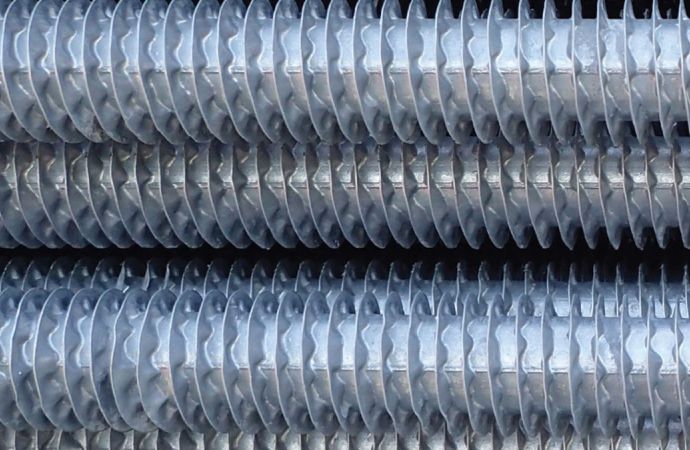But CO2 refrigerant was still only 0.42% by weight in 2017 across 11,257 stores in EPA program.
_(1)_1553266413.jpg)
Tom Land of GreenChill (left) presenting an award to Wayne Rosa of Food Lion in 2018 for achieving the retailer's leak-reduction goal.
Installations of CO2 systems in U.S. supermarkets participating in the U.S. Environmental Protection Agency's GreenChill Partnership have grown steadily since 2013, reported Tom Land, manager of the program at the IIAR Natural Refrigeration Conference & Expo, held in Phoenix, Ariz., March 4-6.
Land presented data on the number of lbs of CO2 installed in all types of CO2 systems (transcritical, cascade and secondary) between 2013 and 2017. The amount of CO2 grew to 101,837 lbs in 2017, from 16,397 lbs in 2013. However, the 2017 number still represented just 0.42% of all refrigerant installed by GreenChill stores.
“It’s going to take time,” said Land, referring to CO2 system adoption. “It’s going to change. These [HFC] systems are put in for 20 years.”
The GreenChill Advanced Refrigeration Partnership, launched in 2007, supports leak and charge reduction, and the use of advanced refrigeration technology. In 2017, 11,257 U.S. supermarkets (operated by 41 partners) from all 50 states were in the program, representing about 29% of U.S. stores, up from 4,508 stores (seven partners) in 2007.
GreenChill also awards one-year certification to stores (including those that are not in the program) that meet certain leak and charge criteria (at silver, gold and platinum levels) over a 12-month period running from July 1 to June 30; platinum stores can also be certified for using refrigerants with a GWP under 150. Many stores are recertified after one year, including one Weis Market outlet that has been recertified 10 times at the silver level. GreenChill also has an annual awards program for partners.
ALDI US’s impact
Much of the growth in CO2 refrigeration comes from one retailer, ALDI US, which as of last July had installed 130 transcritical systems. All of these stores were slated to receive platinum certification from the GreenChill program in 2018; according to Land, ALDI US certified 163 stores in 2018 at the platinum level, which accounted for 40% of all certified stores that year.
“Platinum certified stores have exploded principally due to [ALDI US],” Land said.
In a 2018 study of certified stores open at least one year, a total of 196 (from all retailers) used transcritical systems, Land said. Those stores were found to have a high leak rate – 48.3%, which Land attributed to the high pressures under which CO2 operates; he also noted that the environmental impact of those leaks is negligible given CO2’s GWP of one. However, attendees at Land’s presentation pointed out that some of the leaks could be attributed to venting by technicians during maintenance, since recovery of CO2 is not required.
“I would be interested to know how much is this is due [only] to leaks,” he said.
The leak study also revealed that three ammonia/CO2 cascade systems, all platinum certified, experienced no leaks; for one platinum-certified propane/CO2 cascade system, no leak data was available.
Overall, GreenChill’s retail partners have succeeded in cutting their leak rates for all refrigerants, including HFCs and R22, with an average rate of 12.9% in 2017, far below industry levels. Eleven partners reported a leak rate under 10% in 2017. The average GreenChill store saved $2,407 annually from leak prevention.
GreenChill is exploring whether to expand the program to small-format retailers like convenience stores and industrial refrigeration plants, said Land.
Related stories


